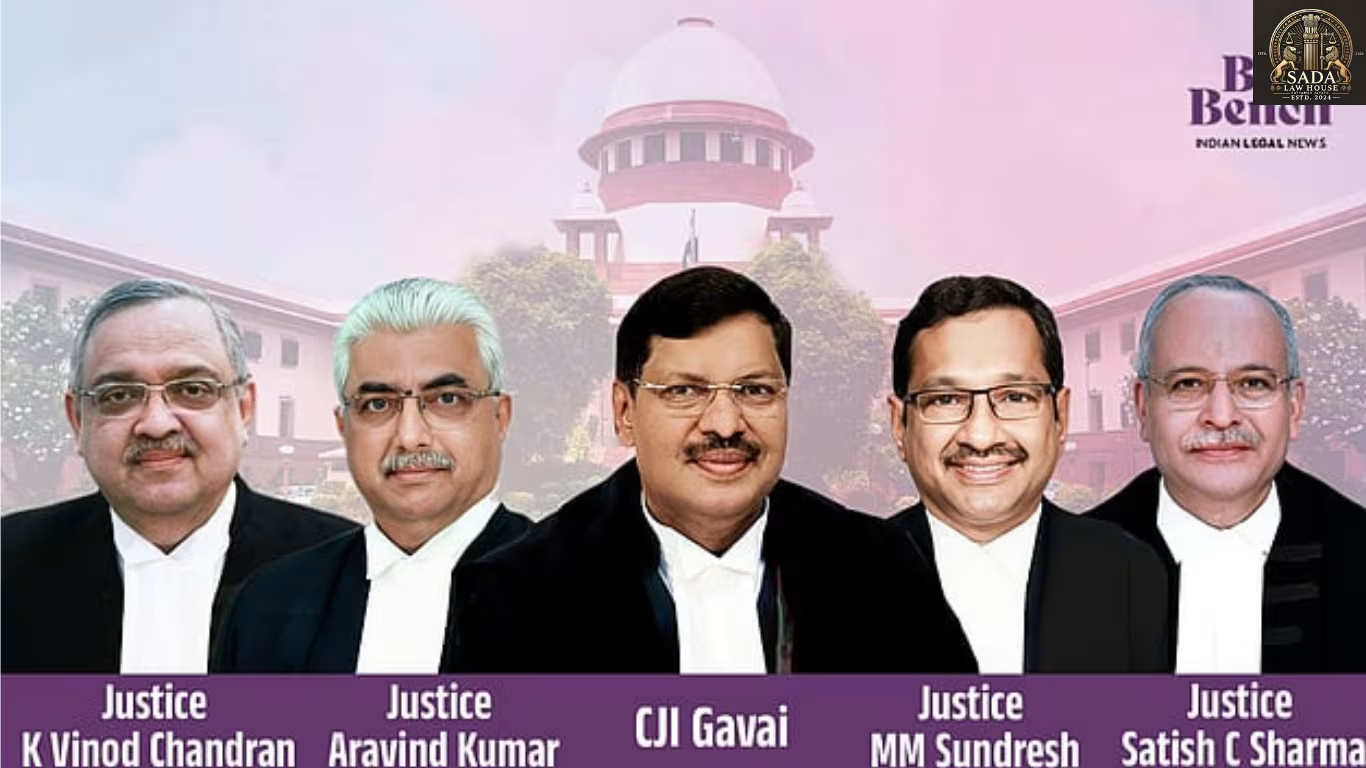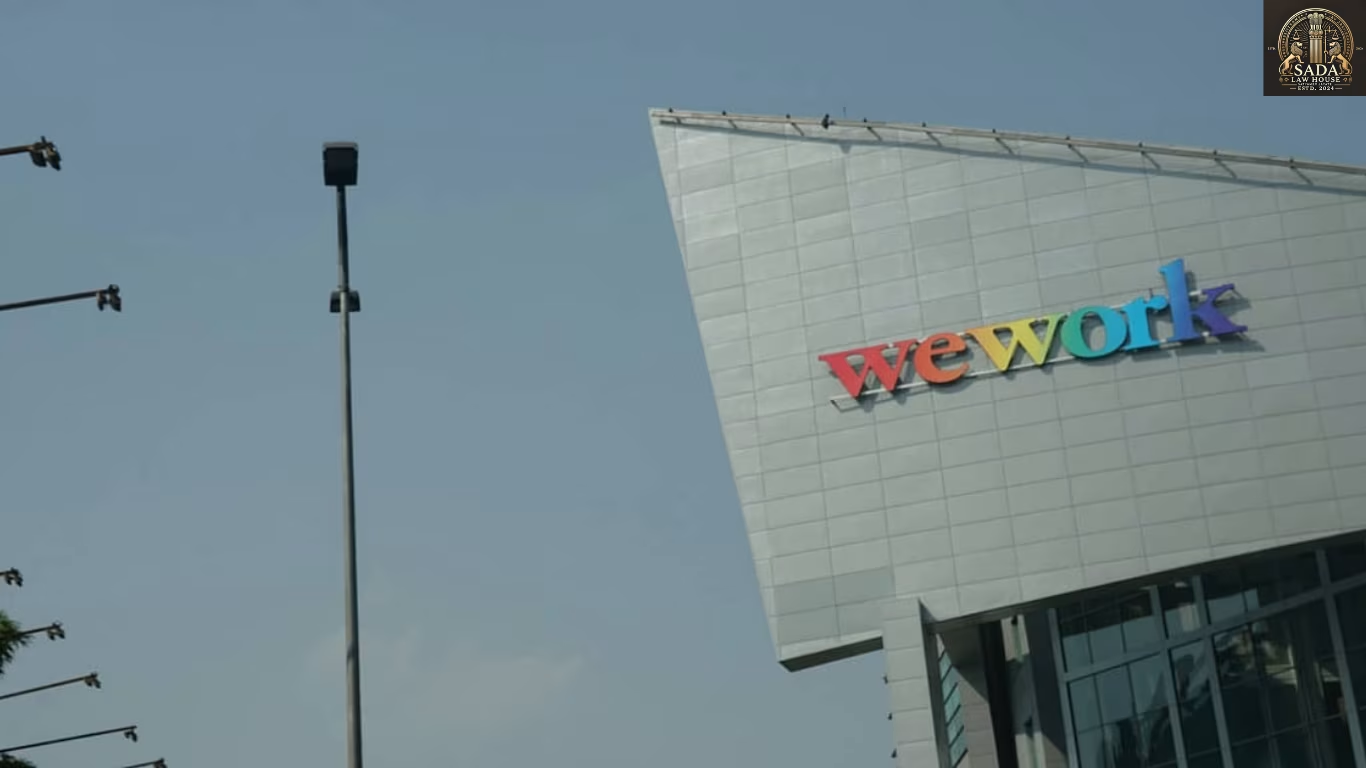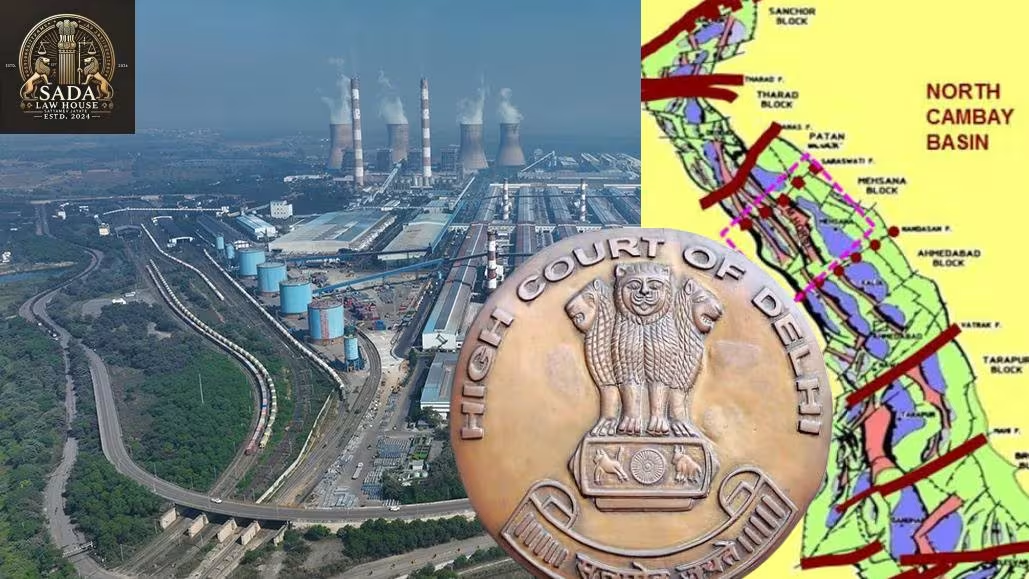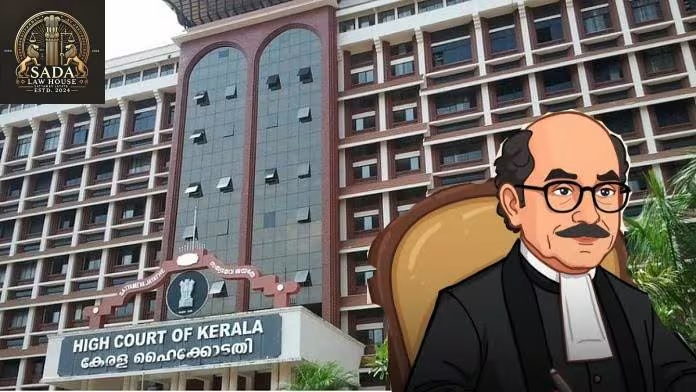Supreme Court Strengthens Road Safety Measures Across India in Landmark Judgment
- Palak Singla
- 08 October 2025

In a historic move, the Supreme Court of India has delivered a significant judgment in the case of S. Rajaseekaran vs. Union of India & Ors. (Writ Petition (C) No. 295 of 2012). The verdict mandates a series of comprehensive reforms designed to enhance road discipline, traffic safety, and emergency medical response systems across India.
The ruling emphasizes systemic measures to reduce road accidents, protect pedestrians, regulate non-motorized vehicles, and ensure timely medical assistance to victims.
Background and Legal Framework
The case originated in 2012 when Dr. S. Rajaseekaran, an orthopedic surgeon and noted road safety advocate, filed a public interest petition highlighting India’s alarming rate of road fatalities and lack of emergency care infrastructure.
The Court noted the government’s failure to operationalize cashless treatment schemes for accident victims during the golden hour — the critical first hour after an injury. These provisions are mandated under Sections 162 and 164-B of the Motor Vehicles Act, 1988, which became effective on April 1, 2022.
Despite these legal requirements, the Central Government had yet to formulate an actionable framework for cashless treatment, posing a threat to the right to life under Article 21 of the Constitution of India.
Key Directions Issued by the Supreme Court (October 7, 2025)
The Supreme Court’s directives set clear deadlines for nationwide road safety enforcement and infrastructure improvements:
1. Golden Hour Medical Care
The Central Government must frame and notify a cashless treatment scheme under Section 162(2) by March 14, 2025, with compliance updates due by March 21, 2025.
2. Compensation for Victims
The General Insurance Council (GIC) is directed to process all pending hit-and-run claims and develop a digital claims portal by March 14, 2025, to streamline compensation delivery.
3. Regulation of Non-Motorized Vehicles
All States and Union Territories (UTs) must formulate rules within six months under Sections 138(1A) and 210D of the Motor Vehicles Act to regulate non-motorized vehicles (such as cycles and hand carts) and pedestrian movement in public spaces and national highways.
4. Infrastructure and Road Maintenance
Rules for design, construction, and maintenance of roads (excluding national highways) must be finalized and notified within six months.
5. Helmet Enforcement
Strict compliance with helmet laws for both riders and pillion passengers is mandated, supported by e-enforcement using traffic cameras.
6. Traffic Violations and Road Discipline
To curb unsafe practices, the Court ordered action against:
Wrong-lane driving
Unsafe overtaking
Unauthorized use of LED lights and red-blue strobe lights
Authorities are empowered to impose fines, seize vehicles, and conduct market crackdowns.
7. Pedestrian Safety and Footpath Audits
The Court mandated pedestrian infrastructure audits across major cities to ensure encroachment-free and safe walkways.
Government agencies must establish online grievance redressal systems for public complaints related to pedestrian safety.
Court’s Observations and Rationale
The Court observed alarming statistics — over 172,000 deaths from road accidents in 2023, including more than 35,000 pedestrian deaths. These figures underscore the urgent need for effective enforcement and safer infrastructure.
The judgment linked pedestrian safety with broader goals of:
Accident prevention
Sustainable and inclusive mobility
Environmental conservation
Furthermore, the Court emphasized that delays in implementing welfare legislation, such as the cashless emergency care scheme, would attract strict judicial timelines and intervention.
Implications of the Judgment
This ruling marks a pivotal moment in India’s road safety reforms. Its implications include:
Operationalizing Golden Hour Care: Timely medical intervention can drastically reduce fatalities.
Enhanced Accountability: States and UTs must ensure rule creation and enforcement.
Strengthened Law Enforcement: Mandatory helmet use, penalties for traffic violations, and better regulation of vehicle lights.
Infrastructure Improvement: Ensures proper maintenance of footpaths, roads, and pedestrian zones.
Streamlined Compensation: The digital claims portal simplifies the process for victims and their families.
Conclusion
The Supreme Court’s directions in S. Rajaseekaran vs. Union of India reinforce the principle that road safety is a constitutional obligation under Article 21.
By prioritizing golden-hour treatment, infrastructure improvement, and traffic discipline, India moves closer to creating a safer and more accountable road ecosystem for every citizen.
Live Cases






